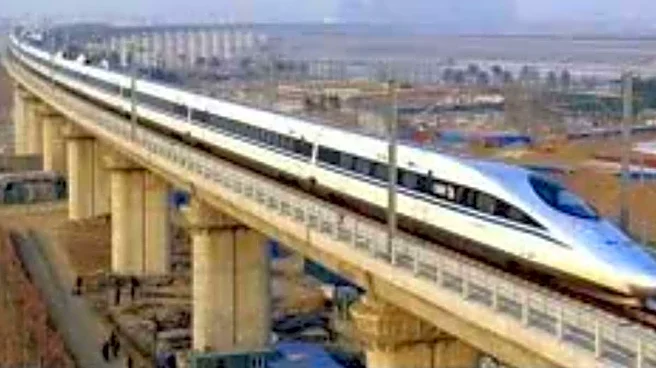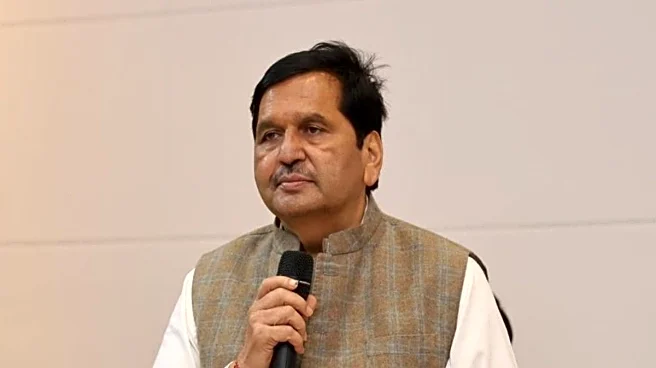Calling for power sector reforms, President of the Confederation of Indian Industry (CII) and CEO of EY India, Rajiv Memani, has pitched for either new distribution licenses or private licensing to reduce the input cost for businesses and increase the purchasing power of consumers.
While many states like Maharashtra have started a phased reduction in power tariffs, many others are awaiting a nod from either the executive, regulatory bodies, or the judiciary due to the pendency of related litigation.
Even in Maharashtra's case, the decision came after an order from the Maharashtra Electricity Regulatory Commission (MERC).
Last week, government sources told CNBC-TV18 that rebidding may be conducted for up to 40 GW of renewable energy capacity, including both solar and wind energy projects, which continue to be stranded in the absence of power purchase agreements (PPAs). Sources pointed out that marketing efforts are underway even as the winners of these tenders are engaged with the distribution companies. Sources added that the option remains open to close the bids in the absence of any success, clarifying that such an action won’t lead to any loss for anyone, as no investment has been undertaken yet, and the only development so far is price discovery.
Over the past few months, India's power demand has stayed much below government projections due to unusually high rainfall for long periods in several parts of the country. While the move has already led to curtailment of solar power output for grid stability during periods of lean demand, the Ministry of New and Renewable Energy (MNRE) has said that future bids won’t have plain vanilla solar or wind energy and will largely be FDRE (Firm and Dispatchable Renewable Energy) or RRTC (Renewable Round-the-Clock) bids. As per a government official, the tariff rate of solar projects ranges from ₹2.38 to ₹2.56 per unit, and between ₹3.70 to ₹3.90 per unit for vanilla wind projects.
The government will also undertake the additional cost implications per unit and compensate certain RE developers in cases where the grid has instructed them to curtail power production due to lower power consumption than projected earlier. Last month, the government highlighted greater acceptance for FDRE bids (Firm and Dispatchable Renewable Energy) due to the lower cost of batteries, leading to a fall in prices, pointing to greater acceptability for solar-wind hybrid projects because of consistent round-the-clock supply compared to the intermittent supply in vanilla solar or wind projects.
Also Read: Rural demand picking up but urban revival yet to come, says JPMorgan’s Latika Chopra
Meanwhile, the Central Electricity Regulatory Commission (CERC) has indicated plans to release final guidelines for virtual Power Purchase Agreements (PPAs) soon to unlock financing for the 40 GW stranded RE projects. Dr. S. K. Chatterjee, Chief of Regulatory Affairs at the CERC, told FICCI’s webinar on Virtual Power Purchase Agreements (VPPAs) that the commission was “almost at the final stage of finalising” the framework after receiving extensive stakeholder feedback on draft guidelines released in May. The RE sector has been voicing concerns with traditional PPAs due to delays in payments from distribution companies.
The commission conceived virtual PPAs to serve two purposes: enable stakeholders to obtain green attributes for Environmental, Social and Governance (ESG) compliance without requiring traditional power purchase agreements, and support over 40 GW of RE projects.
Virtual PPAs will allow corporate buyers to financially underwrite renewable projects without taking physical delivery of electricity, instead receiving renewable energy certificates as proof of green power procurement.
The regulator has structured the guidelines to ensure VPPAs qualify as non-transferable specific delivery contracts rather than financial derivatives, following consultations with the Securities and Exchange Board of India (SEBI). CRISIL Intelligence highlighted the global precedent for virtual agreements, noting that 80% of corporate renewable energy procurement in the United States now uses virtual structures, and called for standardised contracting frameworks and formal dispute resolution mechanisms.
The final guidelines will determine whether corporate buyers can transfer agreements to subsidiaries and address technical aspects of renewable certificate accounting. Industry observers expect the framework to accelerate India's target of 500 GW of renewable capacity by 2030, providing an alternative to traditional utility-scale procurement models.
Also Read | H-1B visa move signals trade talks widening to services, says JPMorgan's James Sullivan





/images/ppid_59c68470-image-175826502950075160.webp)


/images/ppid_a911dc6a-image-1758367029102741.webp)





/images/ppid_59c68470-image-175826762696429764.webp)